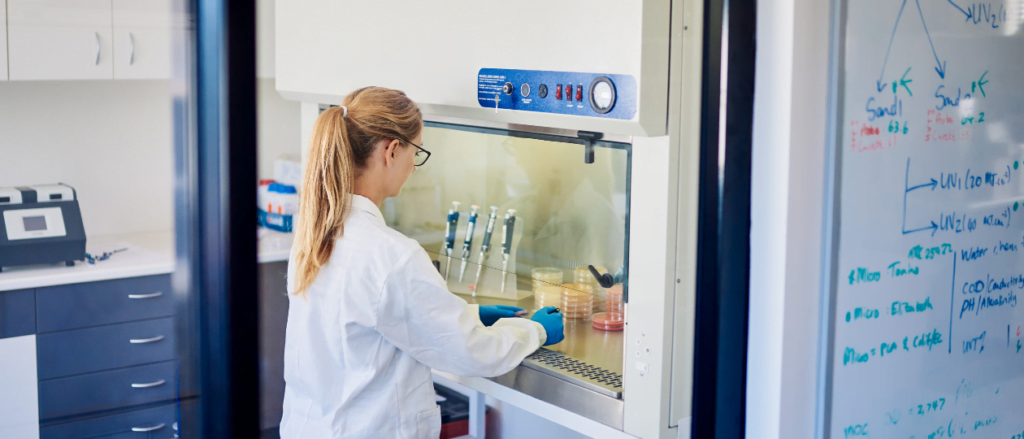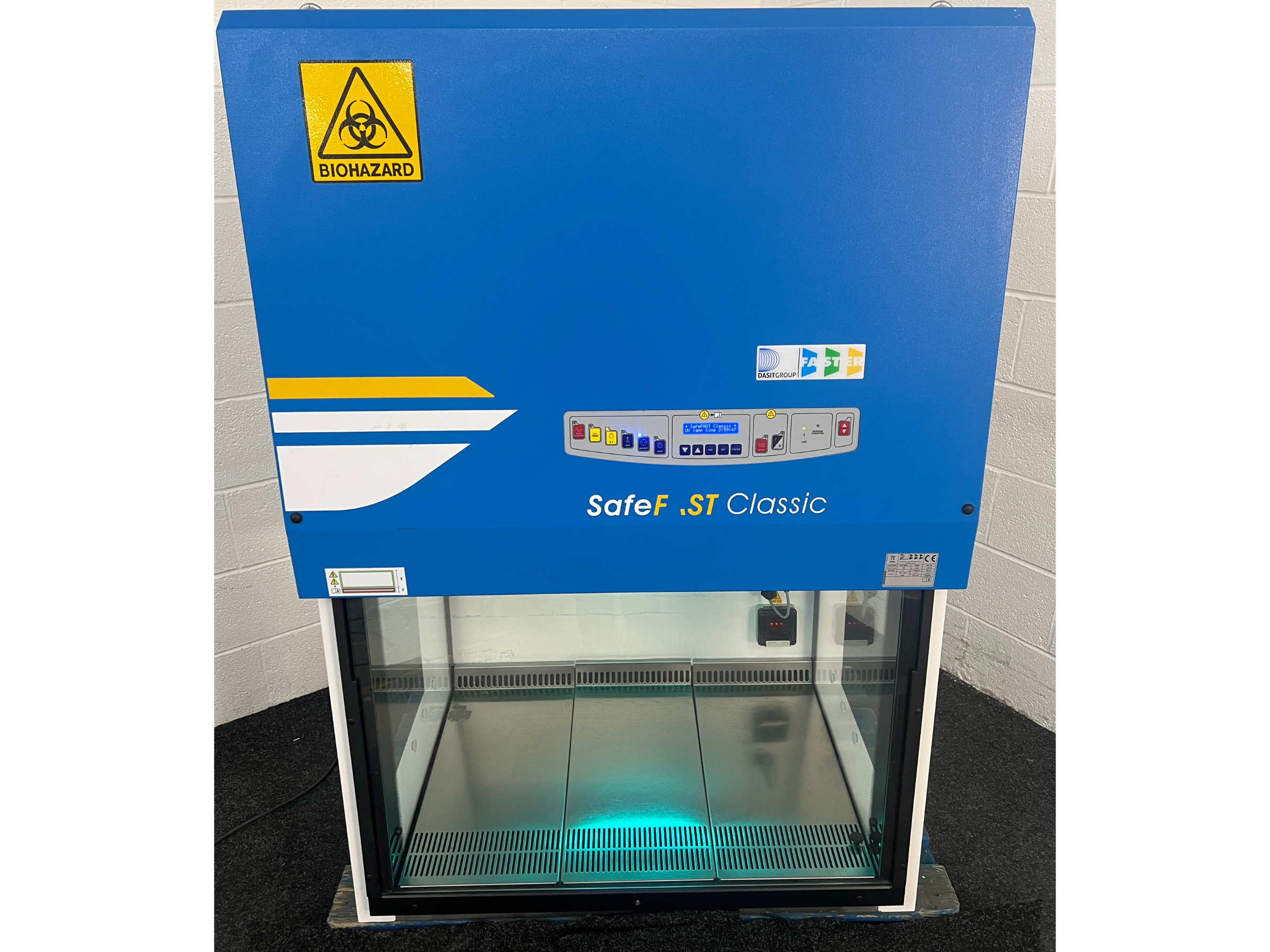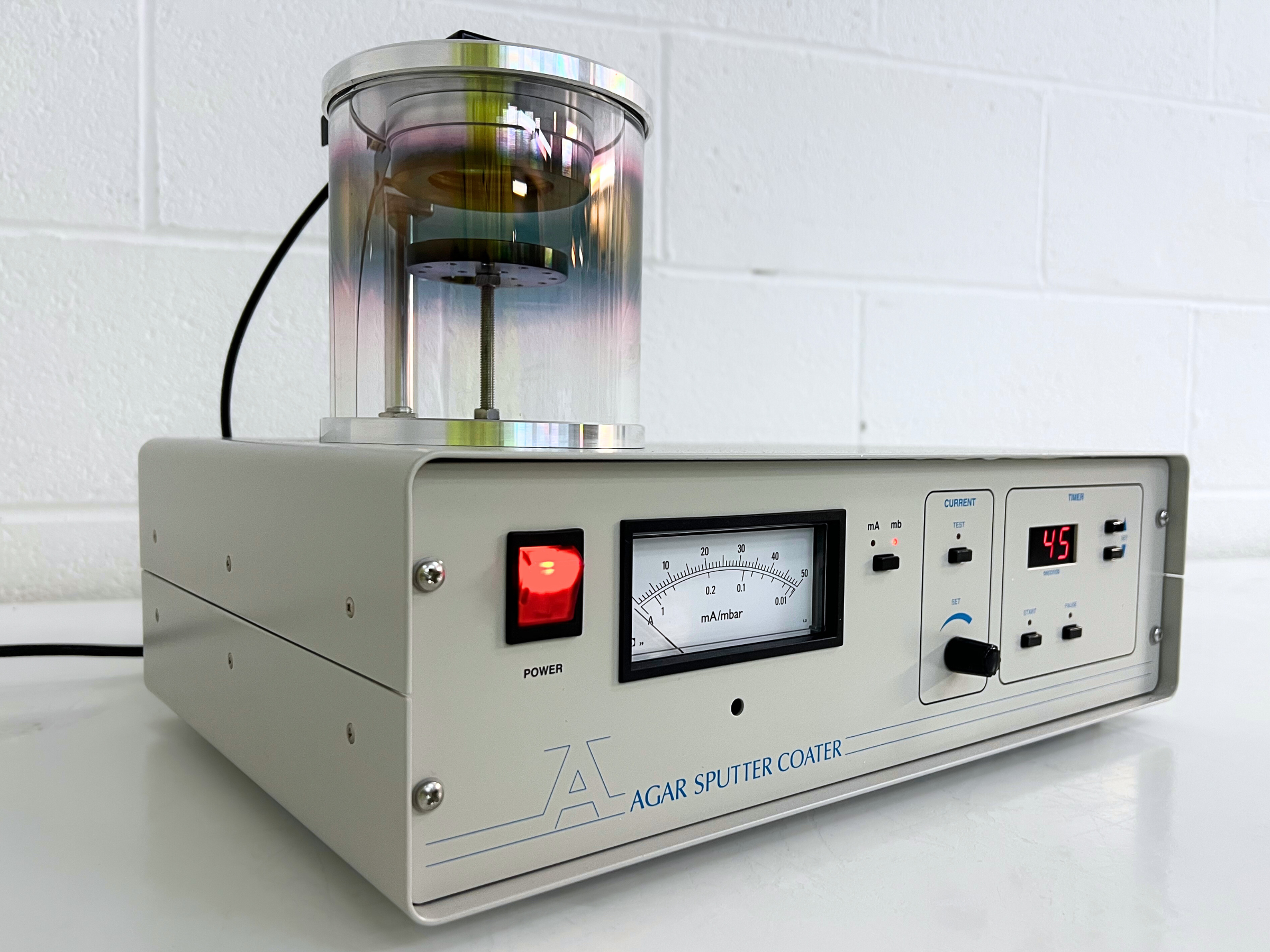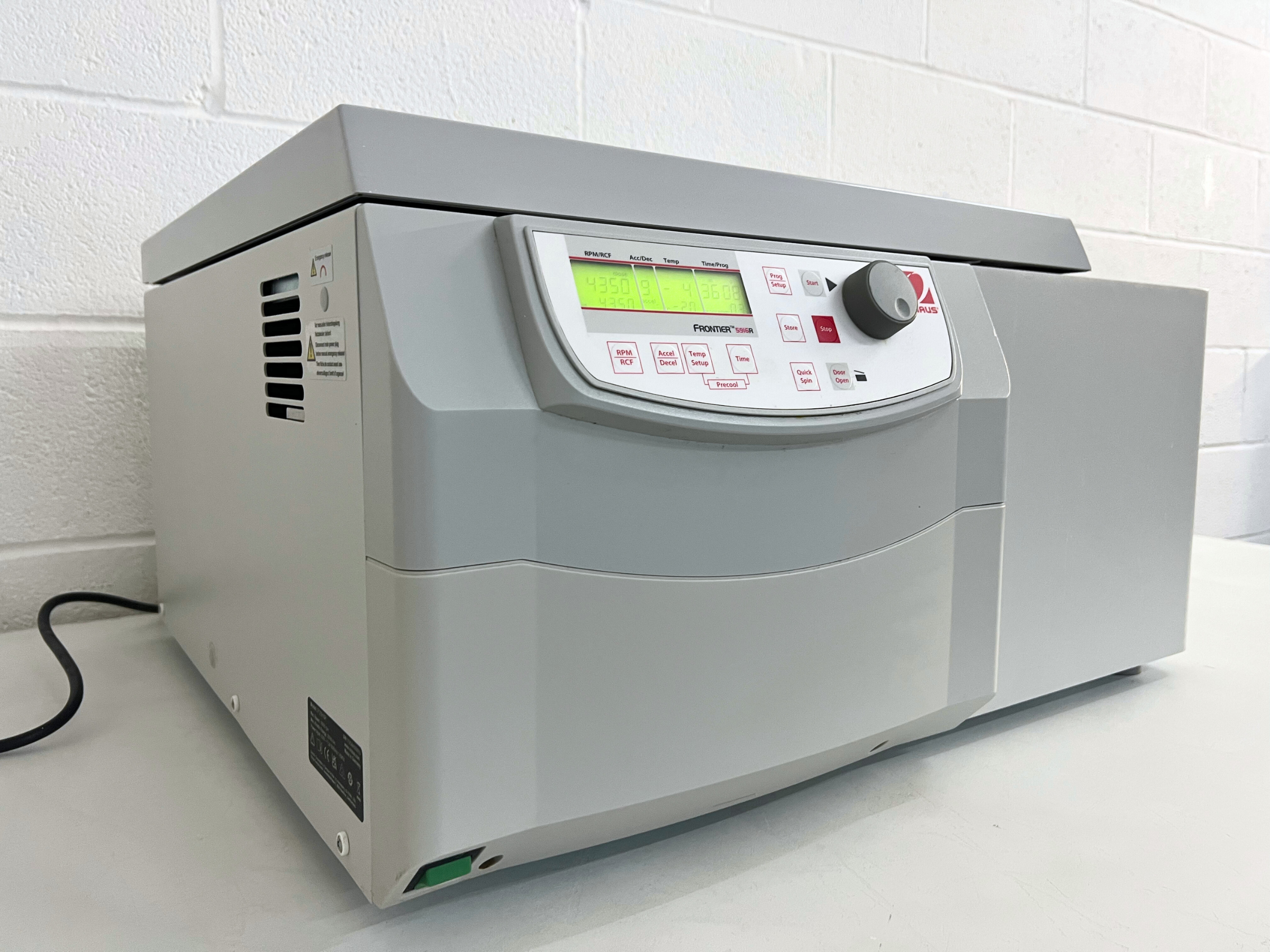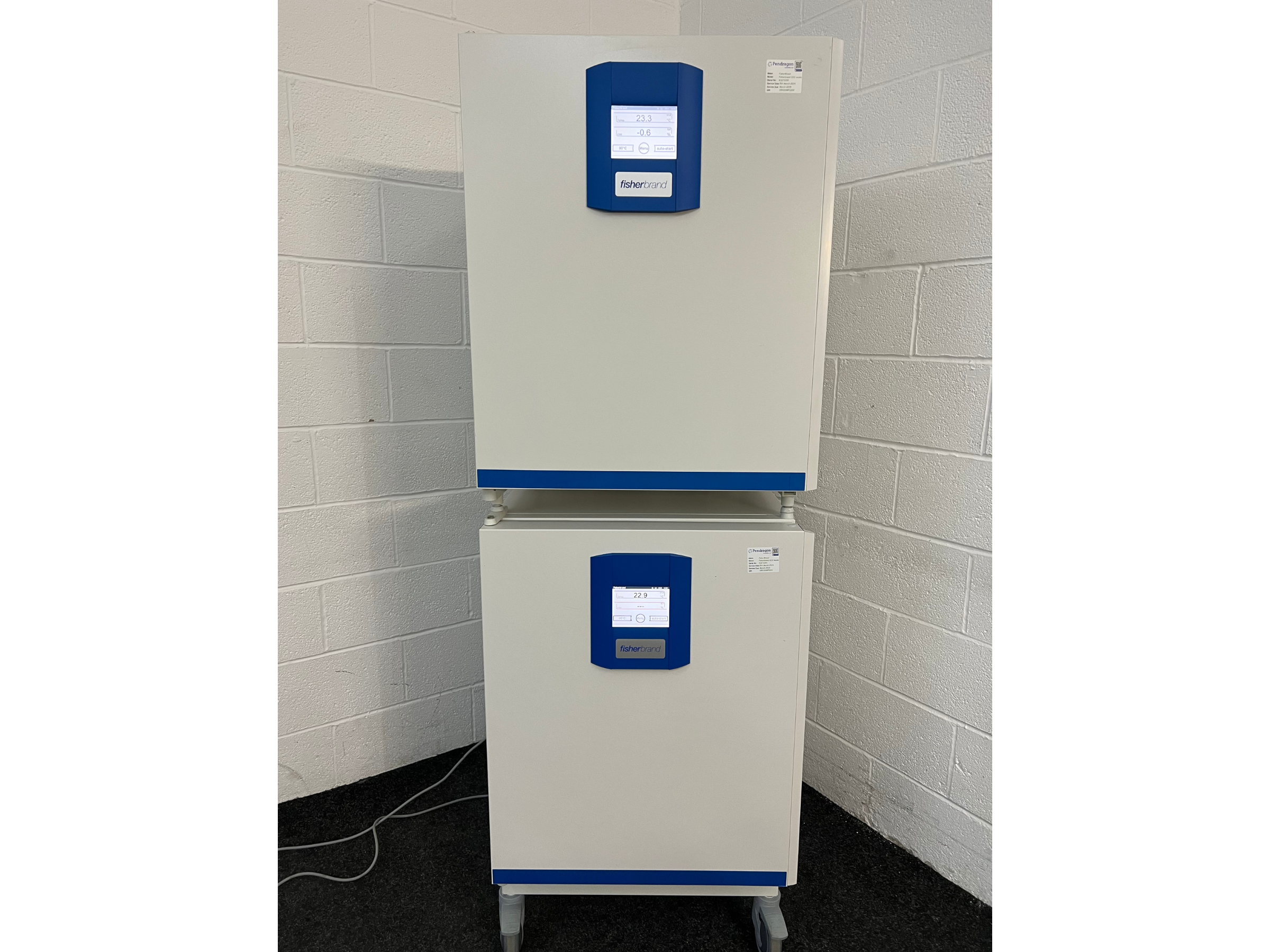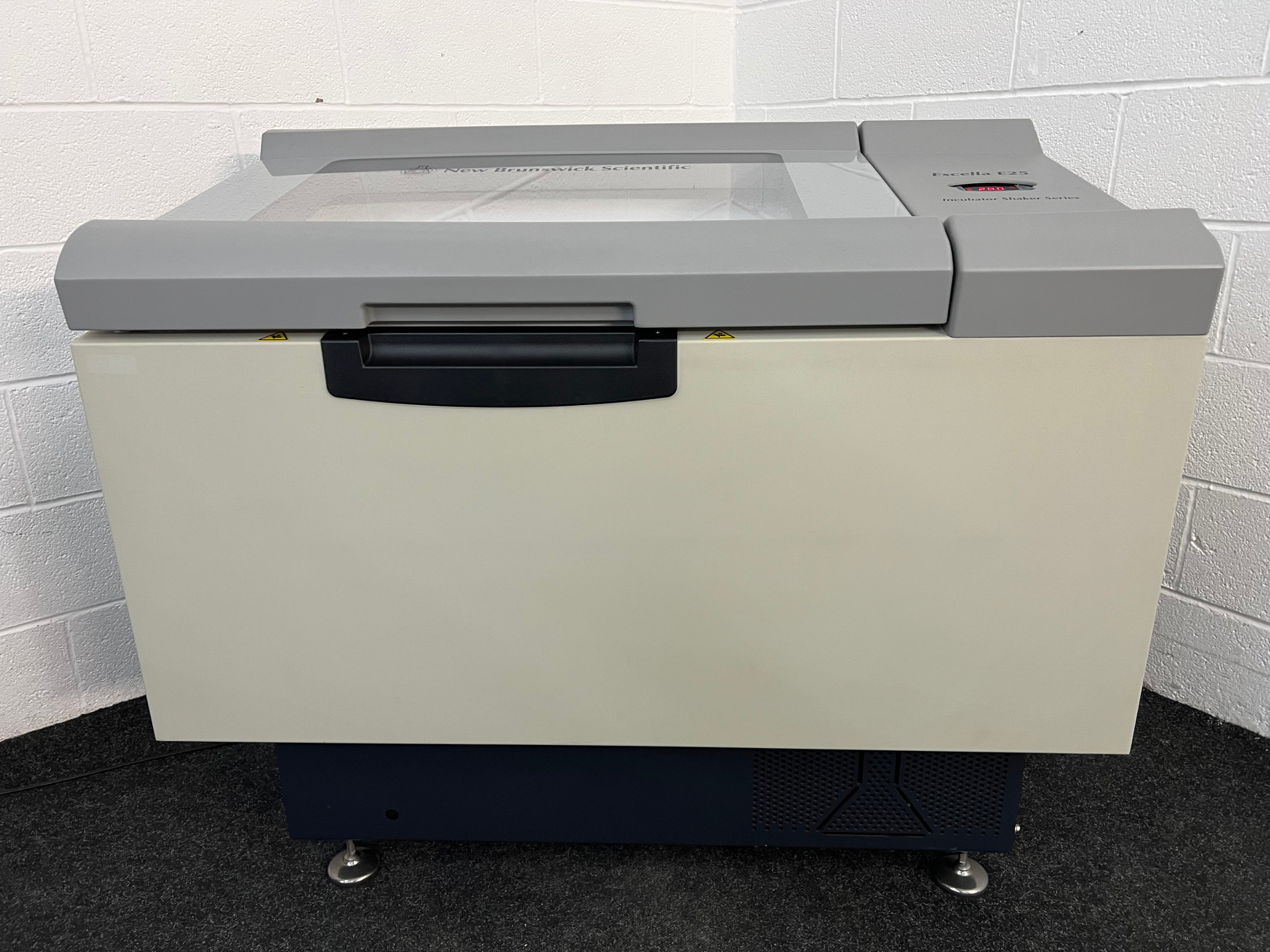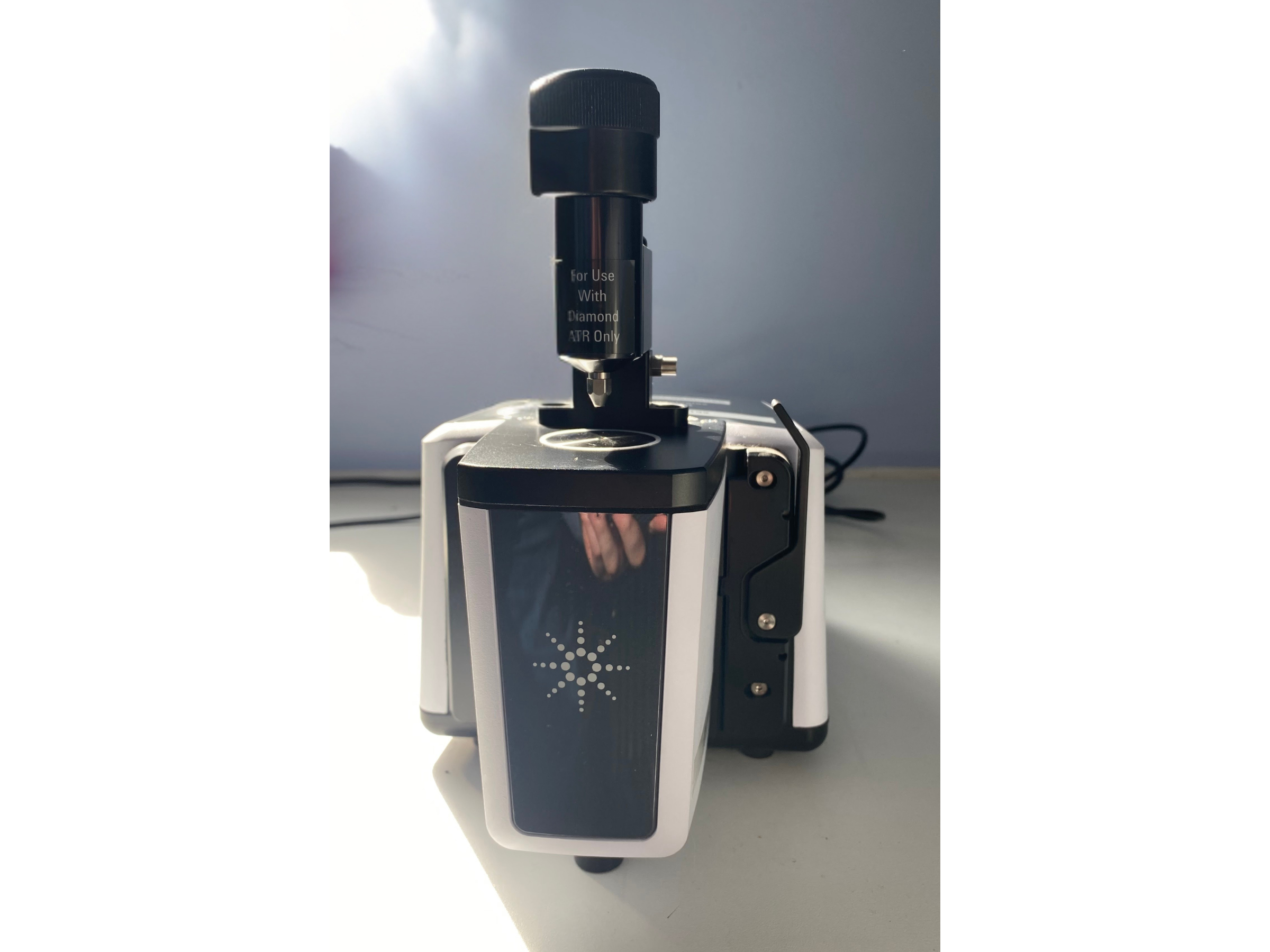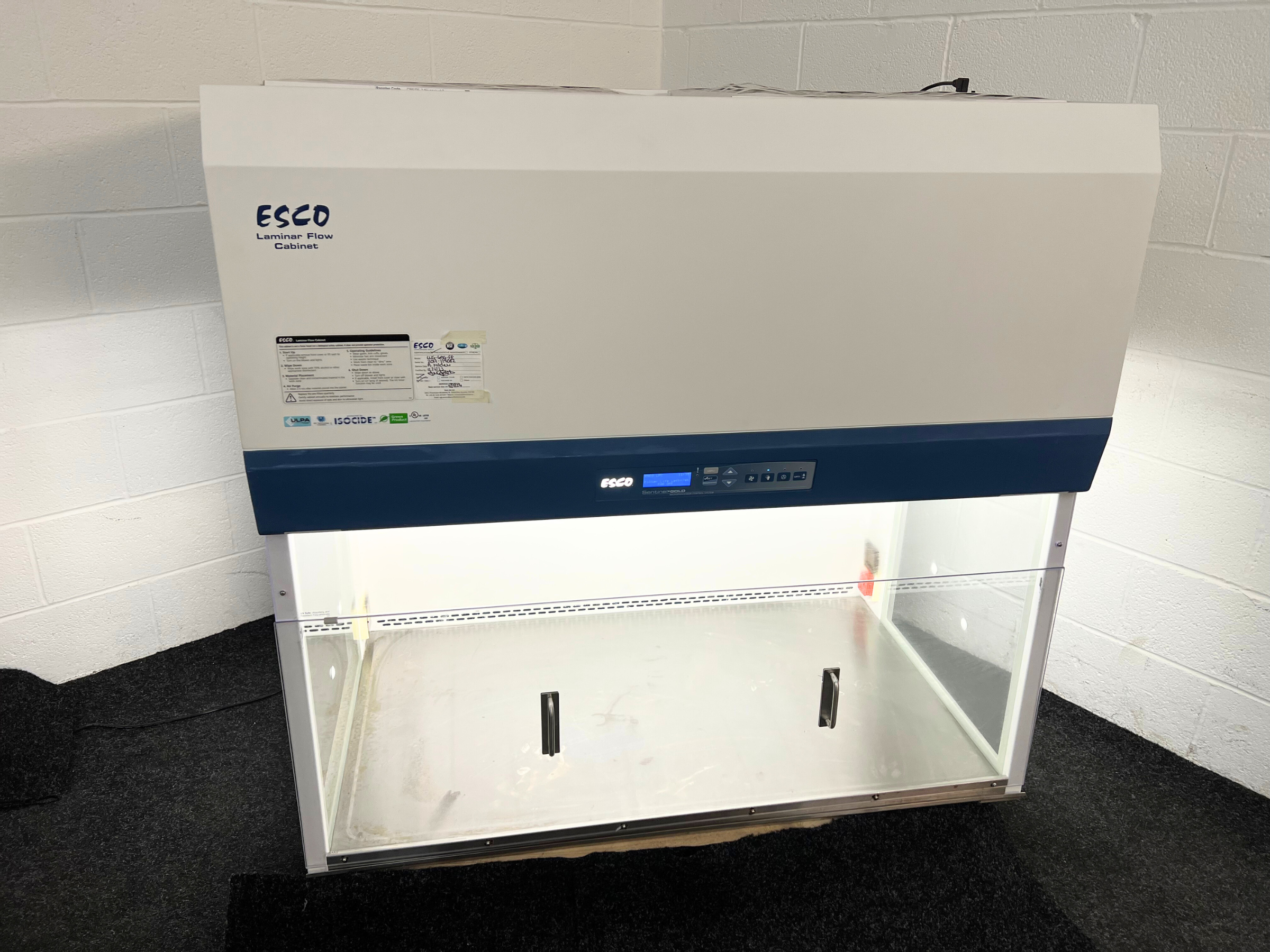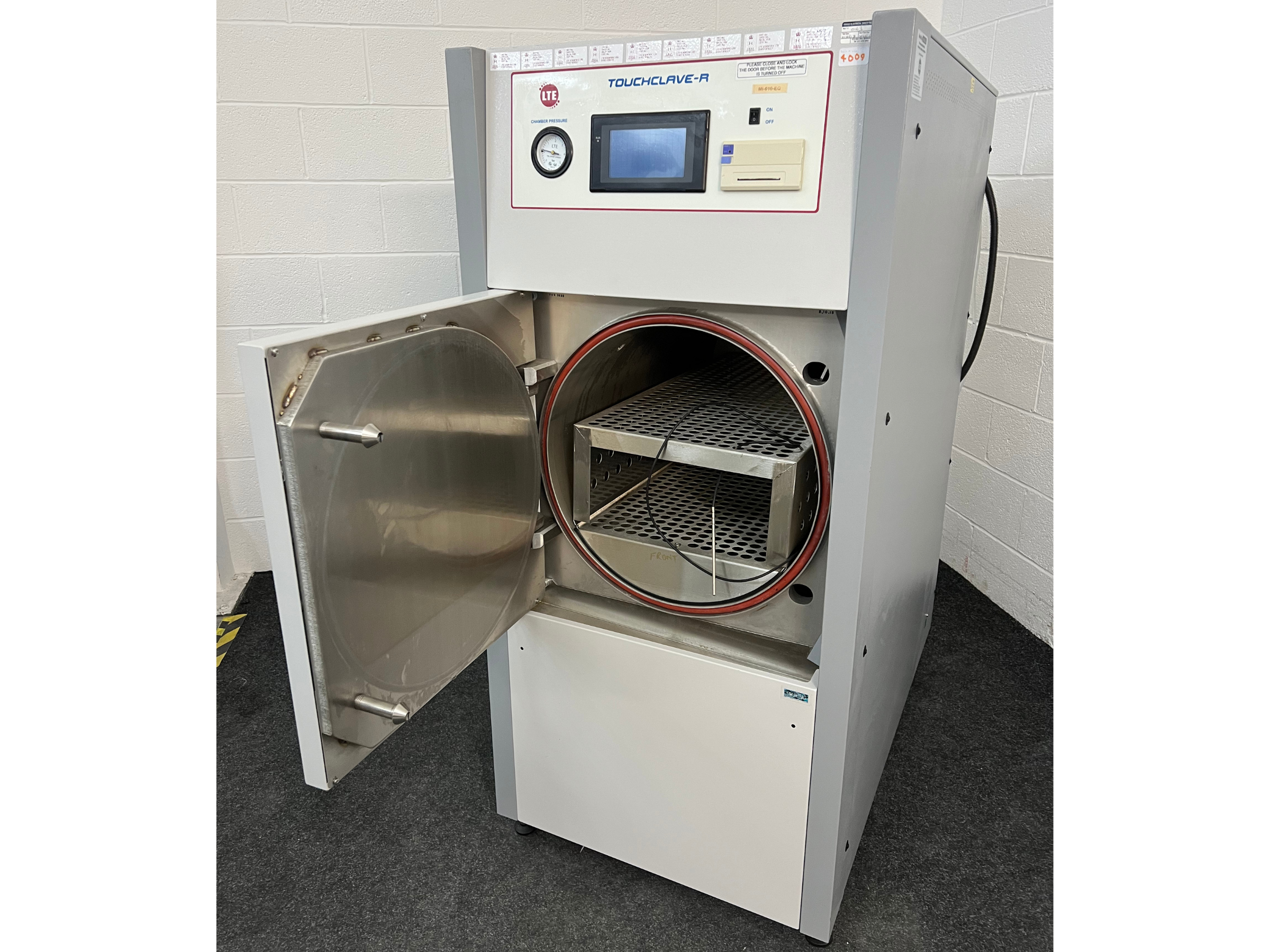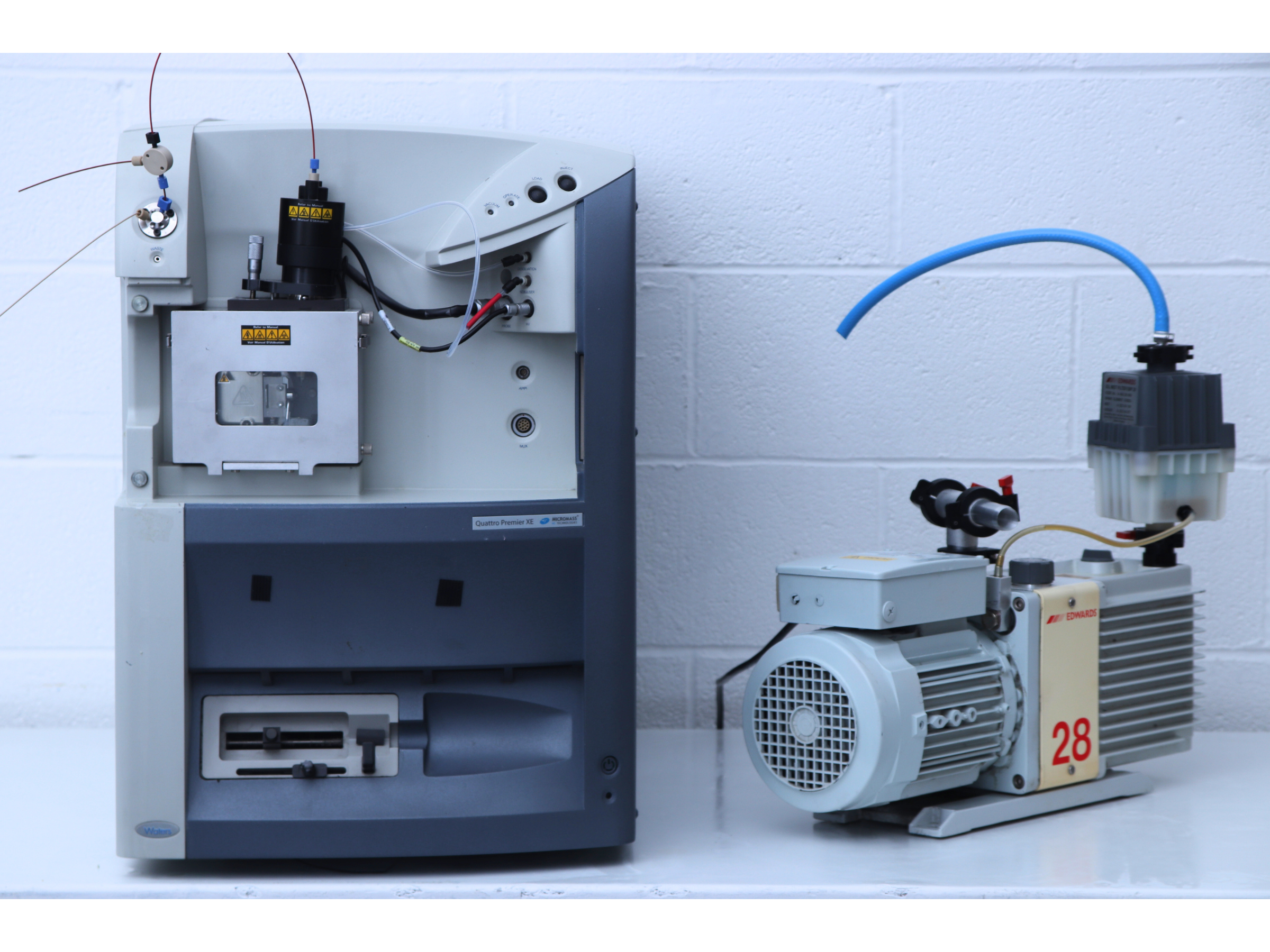Safety is essential in laboratories and industrial settings where hazardous materials are handled. The choice between a safety cabinet and a fume cupboard can significantly impact the safety of researchers, the integrity of experiments, and compliance with regulations. To make an informed decision, it’s essential to understand the differences between these two containment solutions and which one is best suited to your specific needs.
The Basics: What are Safety Cabinets and Fume Cupboards?
Safety Cabinets (Class 2 Biosafety Cabinets)
Safety cabinets, often referred to as biosafety cabinets or Class 2 cabinets, are designed to provide personnel, environmental, and product protection when working with biological agents, pharmaceuticals, and other hazardous materials. Class 2 cabinets provide both operator protection and product protection through a combination of HEPA filtration and air circulation systems. Class 3 safety cabinets are used for complete containment of biological hazards.
Fume Cupboards
Fume cupboards, also known as fume hoods, are enclosed workspaces with a sash or sliding door that allow researchers to work with hazardous chemicals, volatile compounds, or noxious fumes. They primarily serve to capture and exhaust airborne contaminants through a ventilation system, preventing exposure to the operator.
What are the Main Differences Between Fume Cupboards and Safety Cabinets
1. Purpose
Safety cabinets are primarily designed for working with biological agents and materials that require a sterile environment. They offer protection against biohazards and particulates and are essential for research involving cell cultures and pathogens where samples could be compromised if exposed to external pathogens.
Fume cupboards, on the other hand, are intended for working with chemicals, including volatile, toxic, or odorous substances. They provide a physical barrier between the operator and potentially harmful fumes, vapours, and dust. They do not protect samples from contamination, but protect laboratory workers and the environment from exposure to hazardous fumes.
2. Containment
Safety cabinets are highly effective at containing biological contaminants, thanks to their HEPA filtration systems. They also provide a controlled environment to prevent cross-contamination.
Fume cupboards focus on containing chemical hazards. While they capture and exhaust fumes effectively, they do not provide the same level of sterile containment as safety cabinets.
3. Airflow
Safety cabinets have a complex airflow system that ensures a continuous flow of filtered air into the work area, protecting both the operator and the material within the cabinet.
Fume cupboards have a unidirectional airflow, drawing air from the operator towards the back of the hood and then expelling it through a (usually filtered) ventilation system. Some fume cupboards are ducted, meaning they require a purpose built extraction system, while non-ducted fume cupboards can be used in virtually any setting.
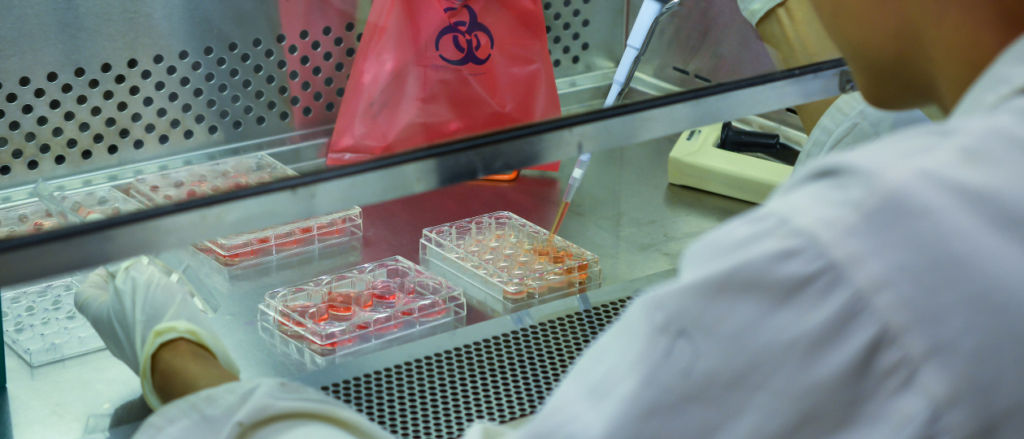
Choosing the Right Containment Solution
To select the appropriate containment solution for your laboratory or workspace, consider the following factors:
1. Type of Hazardous Material
Identify the types of materials you’ll be working with. If you’re handling biological agents, a safety cabinet is likely the better choice. Conversely, a fume cupboard is more appropriate for chemical work.
2. Safety and Regulatory Compliance
Ensure your choice complies with relevant safety and regulatory standards, such as biosafety levels or chemical exposure limits.
3. Workspace and Workflow
Consider the available space and workflow requirements. Safety cabinets tend to be bulkier and require dedicated space, whereas fume cupboards are often more versatile and can be integrated into existing laboratory setups.
4. Budget and Maintenance
Factor in the initial cost and long-term maintenance expenses. Safety cabinets tend to be more expensive both in terms of purchase and upkeep. Most cabinets will require filters that need replacing over time.
5. Operator Training
Proper operator training is crucial for both safety cabinets and fume cupboards. Ensure that your staff is knowledgeable about the specific containment solution they will be working with. At Richmond Scientific we are able to provide installation and staff training if required.
Whether you opt for a safety cabinet or a fume cupboard, maintaining them according to manufacturer guidelines and safety protocols is essential to ensure the protection of personnel and the integrity of experiments. Ultimately, choosing the right containment solution will contribute significantly to a safer and more efficient laboratory environment.
Want to know more? Our team are on hand to guide you through choosing the right containment solution for your lab. Give us a call on 01257 270433 or email deborah@richmondscientific.com
